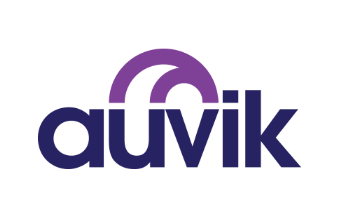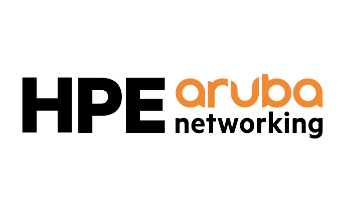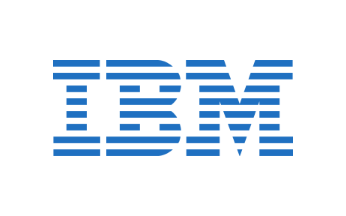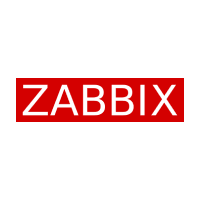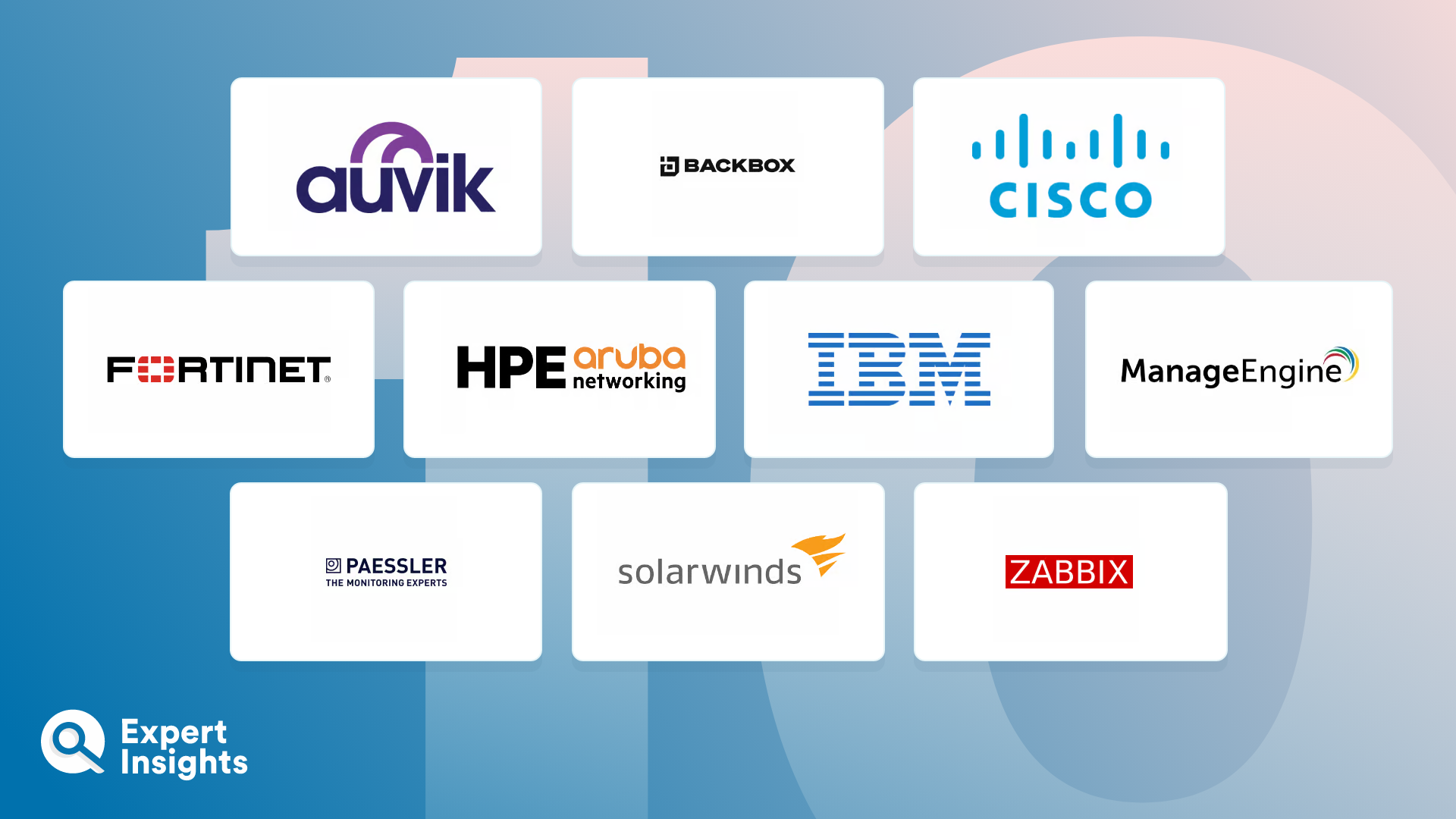Network management solutions are essential tools for monitoring, maintaining, and optimizing networks. They help IT administrators ensure the smooth and secure operation of their organizations’ IT infrastructure by identifying potential issues, automating management and maintenance tasks, and aggregating key performance and health data— all of which help IT teams identify and troubleshoot problems, and minimize network downtime. Network management solutions are also sometimes known as network management systems.
Network management solutions are available as both on-premises and cloud-based platforms, and can cater to both small businesses, large enterprises, and managed service providers (MSPs). They typically consist of various components and features that are designed to address different aspects of network management, such as monitoring network devices, analyzing traffic patterns, and managing security policies.
In this article, we’ll explore the top network management solutions to monitor, optimize, and secure your network. We’ll highlight the key use cases and features of each solution, including topology mapping, fault detection, performance monitoring, configuration management, real-time alerts, and reporting.



